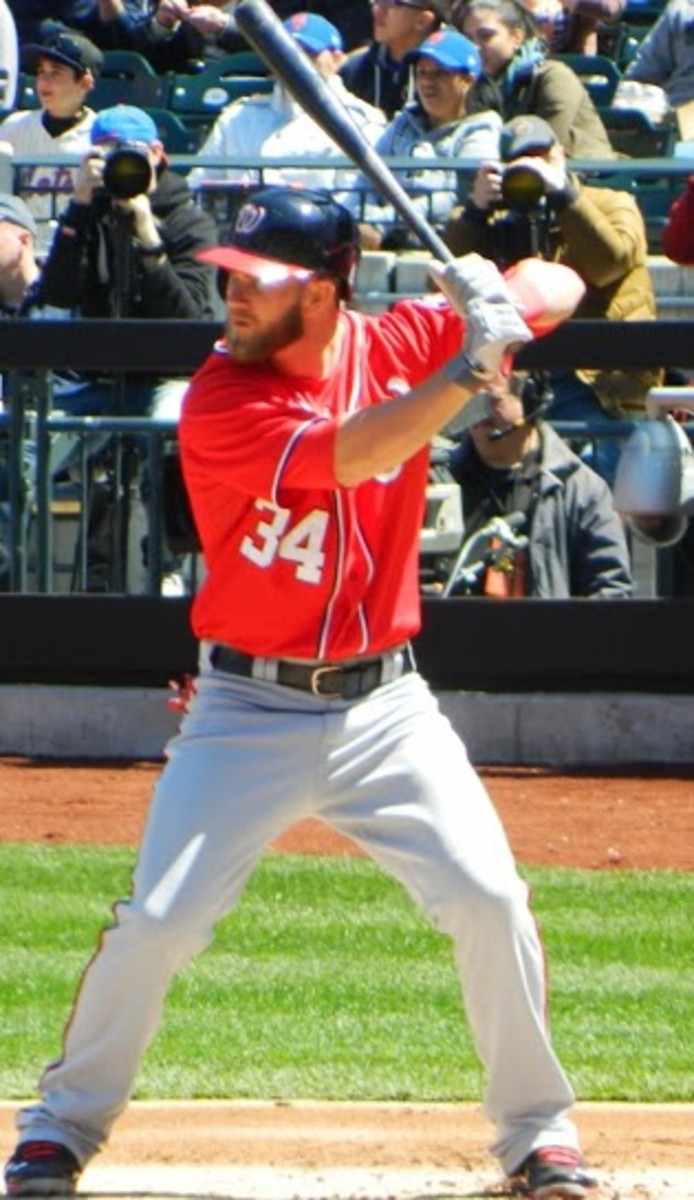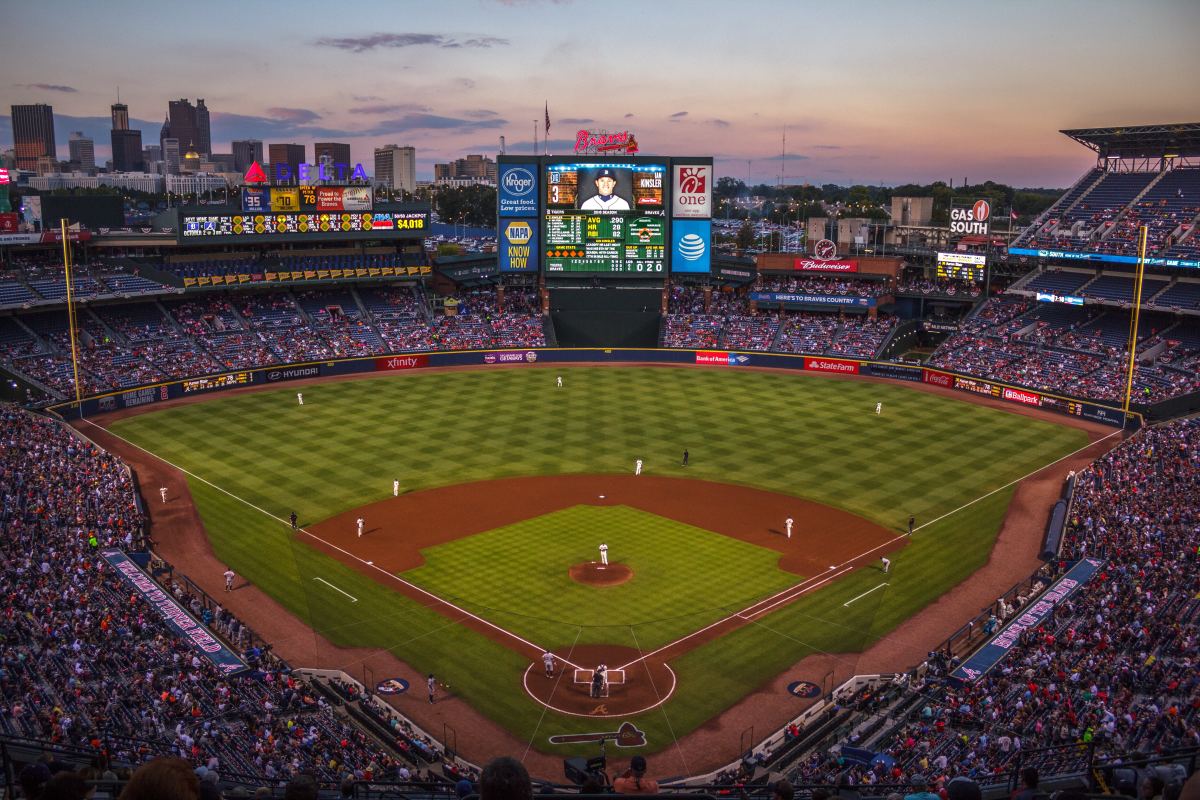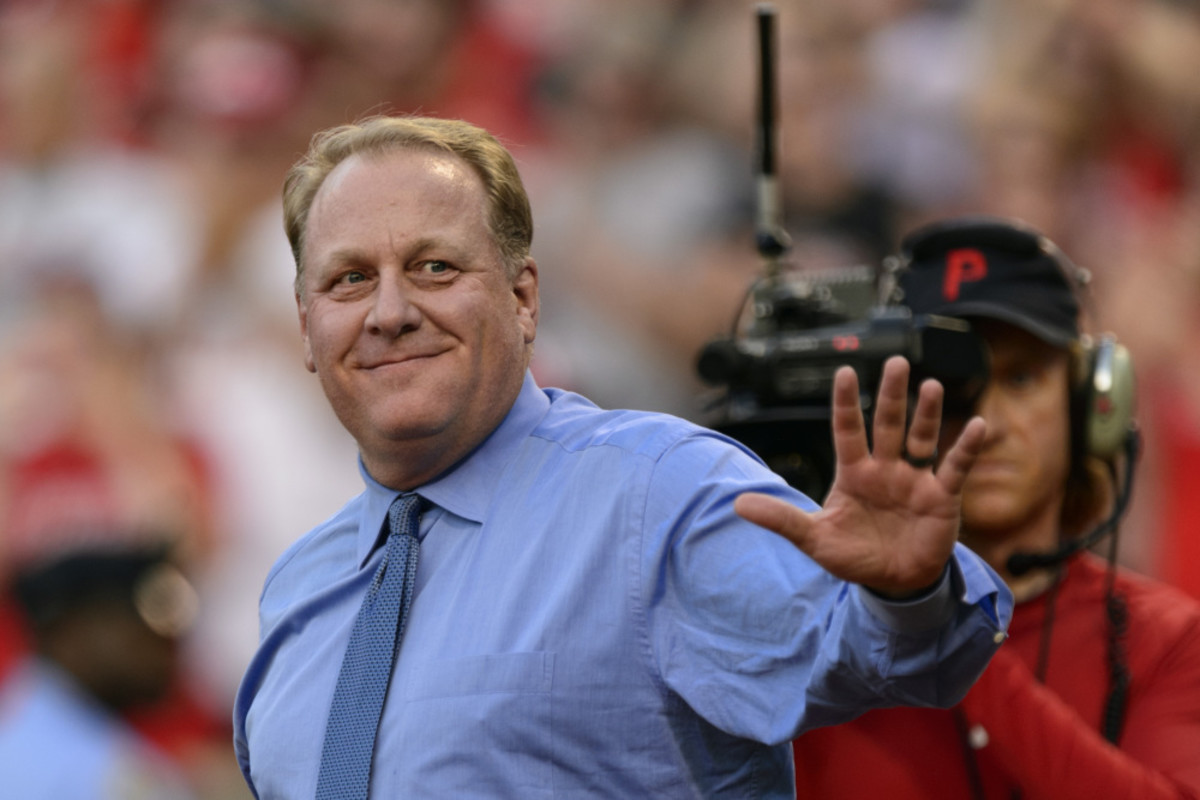- HubPages»
- Sports and Recreation»
- Team Sports»
- Baseball
Projecting the Future: Cano's Contract
About the Projecting the Future Series
Projecting the Future is a series which, using the Similarity Score feature on Baseball-Reference, offers some insight into a player’s likely career trajectory. Too often people assume a player’s trajectory without considering the various pitfalls and surprise successes that have come to similar players over the years. The Similarity Score tool lists the 10 players closest statistically to a player at a certain age, with position taken into account. But it also shows how these players went on to perform after that age. The results are often surprising. This analysis will also take into consideration X factors and players with similar short-term statistics.
Robinson Cano
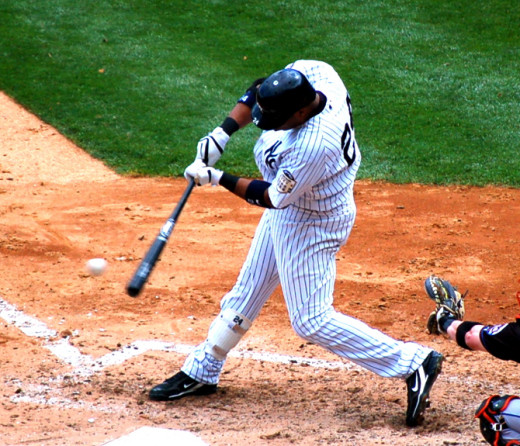
Free-Agent Superstar
One of the biggest stories of this off-season was the Yankees’ lack of pursuit of free agent Robinson Cano. Cano put up remarkable numbers in his nine years with the Yankees, averaging 89 runs, 183 hits, 42 doubles, 23 homers, 91 RBI and a .309 average. Even more amazing, his last five years featured an average of 99 runs, 196 hits, 45 doubles, 28 homers, 103 RBI and a .314 average. Hot as he’s been, he apparently has just been warming up.
In addition, he morphed from an iron-handed klutz at second base into one of the game’s finest fielders, winning two Gold Gloves and mastering the double play.
Certainly, the Yankees wanted to keep Cano. Whatever their reservations, whatever their budgetary issues, they would rather have Cano in pinstripes than anybody on the current roster.
Money, however, is not infinite. Nor is time. Cano wanted what, for a baseball player, amounted to both – and he found a taker in Seattle. He signed a 10-year deal for $240 million. Many teams that have signed players for seven years or longer have regretted it, even when the player has had a remarkable resume and is relatively young. Hello, Kevin Brown. Paging Albert Pujols.
No one expects Cano’s numbers to drop off a cliff. He is 31, he’s coming off five incredible seasons in a row, has remained injury-free and has outstanding fundamentals even for a guy who doesn’t walk (except when he grounds the ball).
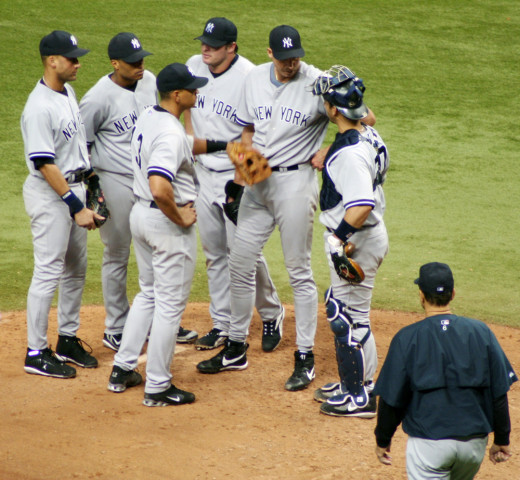
The X Factor
One significant X factor is the change in environment. Yes, Cano’s numbers at Safeco Field and on the road in general have been similar to his numbers at Yankee Stadium, but there’s a massive different between playing for the Mariners and Yankees.
On the Yankees, Cano was part of an infield filled with legends. Nearly everybody in the lineup was an all-star at some point. Very few of the Mariners’ hitters are known outside the Pacific Northwest. I don’t believe any of them have ever been an all-star.
Then there’s the difference between the cities and their fans. New York may have a million distractions, but it is clearly a baseball city with very passionate and knowledgeable fans. Seattle isn’t exactly a baseball wasteland. The fans have proven their enthusiasm for baseball – or at least for good baseball. The city’s football and soccer teams have drawn strong support in recent years while the Mariners have struggled. Attendance has dipped below two million for each of the last three years.
With the Yankees, there’s always excitement, there’s Yogi Berra and Reggie Jackson dropping by at any time with advice. They’ve won 40 pennants; the Mariners have none. Heck, Seattle has no real equivalent to Graig Nettles and Willie Randolph. In 1977, the Yankees were World Series champs; the Mariners were being born.
Will this have any influence on Cano’s experience? Maybe not. Some believe he did not actually benefit from the pressure in New York. His numbers in high-leverage situations were less than in other scenarios. But he could certainly get bored or frustrated if the team doesn’t turn around, and the pressure to take a franchise on his shoulders – one that took such a gamble on him – could make the contract an albatross even if his numbers remain strong. Anything less than an MVP-type season with some trickle-down effect will be seen as a disappointment.
Cano's projected numbers
Games
| Runs
| Hits
| Doubles
| Homers
| RBI
| AVG
| |
|---|---|---|---|---|---|---|---|
Through 30
| 1,374
| 799
| 1,649
| 375
| 204
| 822
| .309
|
After 30 (5 years)
| 679
| 340
| 697
| 133
| 72
| 367
| .284
|
Career
| 2,053
| 1,139
| 2,346
| 508
| 276
| 1,189
| .301
|
Cano's numbers through age 30, as projected for the next five years, and as projected for his career.
George Brett
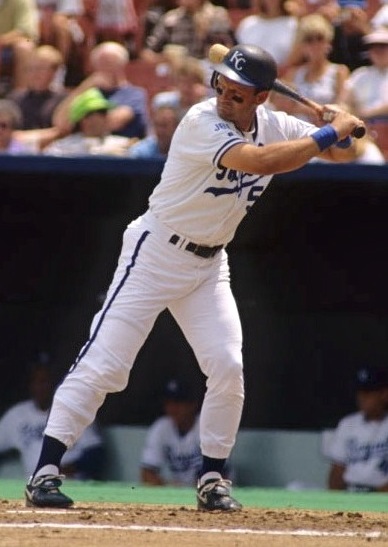
Cano's Comps
Now to look at his most comparable players. First of all, Cano is rather unique. No one has a similarity score above 900. That’s notable. Also, his closest comp is David Wright, who is the same age. Of the other nine, one Aramis Ramirez, is still active. He has played five seasons since that age. This leaves us with eight somewhat comparable players who have finished their careers. Five, including the top four left, are Hall of Fame members. It seems fair to assume that however the next 10 years shake down, Cano will have a shot at the Hall. No surprise there.
The bad news for Cano? Only one of the eight made it through 10 seasons: George Brett. Ivan Rodriguez lasted nine and Joe Torre and Ryne Sandberg six. Of the other four, two (Travis Fryman and Bobby Doerr) played only three more seasons. Again, these are the players who were closest to Cano at this age.
The bottom line from the numbers, Robinson Cano’s projected career, to this point and from this point on, including only retired players, are as seen in the table above.
FYI, if you include Aramis Ramirez, the numbers are almost identical, since he has very similar stats except for home runs.
Will Cano Succeed?
Do you think Robinson Cano will live up to the contract he signed with Seattle?
David Wright
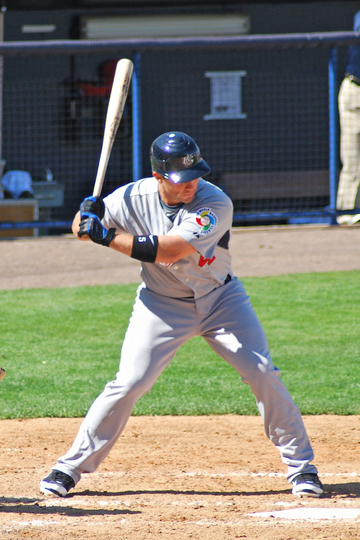
Ryne Sandberg
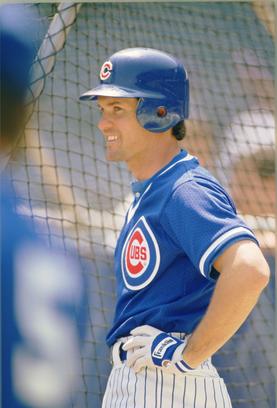
Tony Lazzeri
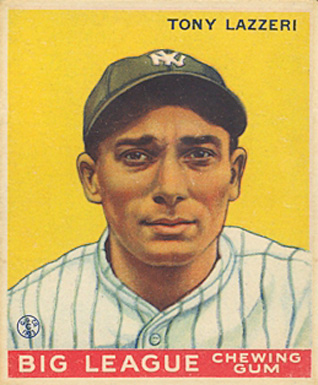
A Closer Look
That’s five very good years, but well below Cano’s averages. That’s far off from what the Mariners are paying for. Brett was the best in that time. Over 10 years, he had 731 runs, 1,478 hits, 324 doubles, 167 home runs, 799 RBI and a .293 average. Essentially, it’s an improvement over the projected numbers and has the bonus of lasting the full range of the contract. Still, it’s a drop-off from Cano’s nine years to date. And again, this is primarily from Hall of Famers and top-notch players.
Here’s a closer look at the 10:
1) David Wright: Wright is the same age and has played the same exact number of games as Cano. They are similar except for Wright’s much greater numbers of walks, strikeouts and stolen bases. Knowing this, it’ll be interesting to see how their careers develop from this point. Wright’s top 10 is different, in large part because of his position and speed. His prognosis is much better than Cano’s.
2) Joe Torre: Again, a guy associated with New York. Torre was hitting .305 with 205 home runs heading into 1972. Coming off his MVP season, he had three good, but hardly spectacular, years for the Cardinals. He then played three years, two as a regular, for the Mets. He hit .280 with 47 homers in that time. The Mariners would be very disappointed to get that result from Cano.
3) George Brett: Brett was the most accomplished of the players to this point. He had the highest average, .316, but second fewest RBI, 797. He did very well overall, as cited above, from that point on. He had a career high in home runs, 30, and led the league once each in doubles, average and slugging. He scored over 100 runs once, drove in over 100 twice and walked a career-best 103 times. I would rate him as having two outstanding seasons (second and seventh in the MVP vote), three very good years, two pretty good years and three iffy years, his final three.
4) Bobby Doerr: Doerr had driven in 945 runs and was hitting .285 at this point. He played only three more years, despite hitting .298 and driving in another 302 runs. He even led the league in triples once. He was solid all three years, but played just 106 games in the third due to a bad back. The catch with his numbers is that the environment was the 1949 and 1950 Red Sox, one of the highest-scoring teams of all time. Still, he was fairly well above average.
5) Ryne Sandberg: He had the fewest RBI of the group, by quite a bit, and the most stolen bases. Batting .285 at that time, he played four more years, then retired briefly. He had two high-level seasons, scoring over 100 runs each time, then hit .309 but had a drop in power in 1993, when he only played in 117 games. He played half the games in 1994 and struggled mightily. After a year off, he returned. In his final two seasons, at ages 36 and 37, Sandberg played well below average, yet exhibited solid power. His average after age 30 was .279.
6) Ivan Rodriguez: Pudge’s raw numbers after age 30 seem extremely close to Cano, including the few walks and strikeouts. The position difference certainly pushes him further down the list, but in many ways he seems the best fit. He hit .305 with 215 home runs through age 30. All of that was with the Rangers. Then he left for Florida. Rodriguez played nine more years and hit .285, but his 96 home runs and 503 RBI aren’t especially impressive. His first two years were fairly typical for his peak, followed by four with less impressive figures. He then had three unproductive years as a regular and finished by hitting .218 as a reserve.
7) Vern Stephens: Stephens led the group in runs and RBI, the only one who had over 1,000 RBI at that point. He also had a .290 average. Stephens had four years left. In total, it reads like a single peak Stephens season: 106 runs, 23 homers, 128 RBI and .267. Essentially, this was the end of his career. He played fairly often for the first three years, but with a major drop in power and average.
8) Travis Fryman: Fryman was perhaps the least accomplished of the players through age 30. He hit .274, the lowest of the group, and had the most strikeouts. In his final three years, Fryman hit 36 homers and hit .274. Most of the damage came in the first year, when he drove in 106 runs and hit .321. It was perhaps the best year of Fryman’s career. He completely lost his power the following year, then hit 11 homers but lost his ability to make regular contact, batting only .217.
9) Aramis Ramirez: Ramirez had the fewest runs, most home runs and a .284 average. If you put a lot of stock in WAR, Ramirez was by far the worst to that point, half of the overall average. He has continued to hit for good power since and is hitting .289 in that time. At 31, he played a half-season with good power and .317. At 32, his average dropped to .241. Everything came back at ages 33 and 34, including a league-leading 50 doubles. He played well last year in 92 games. Overall, he has done well, a little below Cano’s standards and well below his durability.
10) Tony Lazzeri: This is interesting. There are several second basemen who can make a claim to be the greatest in Yankees history. Lazzeri was the first of the group and Cano is the most recent. Lazzeri had the fewest games and home runs in the group. He also hit .300 with 121 steals. In total, Lazzeri, like Cano, however, had power, speed and precision – the total package. He’s also the only other member of the group to play nine years through age 30. Lazzeri played five more years, hitting 50 homers and batting .270. He played the first three years with the Yankees, all as a regular. They were fairly similar, although a little below par, to his previous nine years. He was a useful reserve the final two years, playing in the National League.
When you consider the players on this list, the caution flags have to go up. Most were just beginning a downward trajectory. It would be reasonable to expect five or six solid seasons. Perhaps one or two would be exceptional. Anything beyond that seems a far stretch.
Steve Garvey
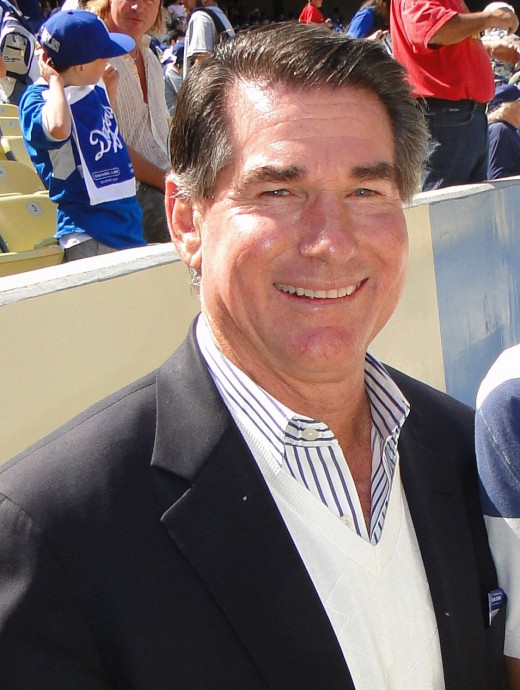
Other Hot Hands
There’s another way to look at his comps, though. If you look at his age 28-30 seasons, there are two players with very similar totals in runs, hits, home runs, RBI and average: Adrian Gonzalez and Steve Garvey. Cano’s WAR is much higher; I figure that is due to superior fielding and far more walks than Garvey. I never realized Garvey walked so little.
Garvey would go on to play eight more years. He led the league in hits at age 31 and was an All-Star the first two years. His age 31 season was his last peak year, however. His numbers were up and down for the following six years, steadily hitting right around .284 over the first five. Two times he made it to the All-Star team, largely on sentimentality, I suppose. He played poorly in 27 games at age 38.
Gonzalez is about to enter his age 32 season. Last year he hit .293 with 22 homers and 100 RBI. For the second straight year he put up good numbers that were well below his previous level.
It’s too early to know what Gonzalez will do, or Wright or Ramirez over the end of his career. Cano projects well enough, contract aside. When you are talking about a $240 million investment, however, that changes things.
Conclusion
I think it is fairly likely he will have a few all-star caliber seasons, but extremely unlikely he will do so after the first three or four years of the contract.
What is working in Cano’s favor is a) he has been remarkably consistent to this point and at a higher level than his closest comps, and that b) he is relatively unique in that nobody even has a 900 score to him, and c) there is always the possibility that he will become a more patient hitter. He is a very disciplined hitter and discipline is a great thing for an older player. Most players who don’t walk much usually struggle with discipline unless they adapt, like Jack Clark, who walked far more late in his career.
He could also be in the Tommy John category, as somebody who does something different than other players and who can be successful at it. John did not become a strikeout pitcher, but finding success in what he did do, he was able to last year after year, exceeding normal expectations.

